Threatened in their homeland, feral Mexican parrots thrive on LA's exotic landscaping
Published in Lifestyles
LOS ANGELES — During a walk through the Huntington Botanical Gardens with her mother one morning, Brenda Ramirez was alarmed by the sudden squawks, warbles, and screeches of troops of parrots flying overhead at great speed in tight, precise formations.
“I asked my mom what they were,” Ramirez recalled of that day 14 years ago. “She said, ‘Mija, they are just like the parrots from Mexico we’ve seen in zoos, except for one thing: They are free flying and breed in the trees along our city streets.'”
Ramirez was entranced by this fleeting glimpse of adaptation by tropical species in one of the world’s greatest asphalt jungles.
Now, at 27, she leads a team of investigators at the Free Flying Los Angeles Parrot Project based in Occidental College’s Moore Laboratory of Zoology, which aims to resolve a biological puzzle: How did red-crowned and lilac-crowned parrots establish local urban breeding populations via the pet trade from Mexico, where both species are on the brink of extinction?
A potential answer is that Southern California cities have only in the last 100 years provided these sister species with a resource untapped by native birds: the fruits and flowers of exotic trees used for landscaping, according to the team’s new report in the journal Diversity and Distributions.
Their findings add to a growing body of evidence that some introduced species including these feral parrots can experience rapid niche shifts beyond what appears to be possible in the forested regions of northern Mexico they evolved in.
For example, the driest month in Southern California is significantly drier than any portion of their native habitats in the western and eastern coastal regions of Mexico, the study says. The timing of the precipitation here is also different, with a winter rainfall regime rather than summer rains.
“Artificial irrigation may close the gap between native and introduced climates,” the study suggests, “allowing more year-round vegetation in Southern California cities than expected given its natural precipitation levels.”
That “urban oasis effect” created by sprinkler watering systems “could partly explain why introduced parrots do not seem to be spreading beyond urban centers,” it says. “Their intelligence and behavioral plasticity might further allow them to adapt to urban life.”
The look of Southern California’s green canopies has changed significantly since the 1950s and ’60s, when developers turned up their noses at native oaks and sycamores. They chose instead to landscape their subdivisions, apartment complexes, business parks, shopping centers and roadways with nonnative trees, including sweet gums, camphor, carrotwood, fig, and ficus trees — all favored by parrots.
...continued
©2024 Los Angeles Times. Visit at latimes.com. Distributed by Tribune Content Agency, LLC.
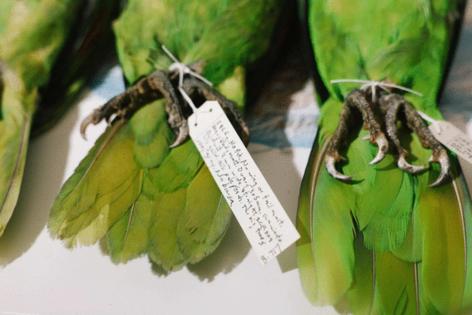
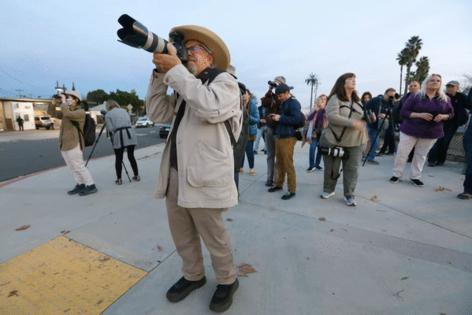
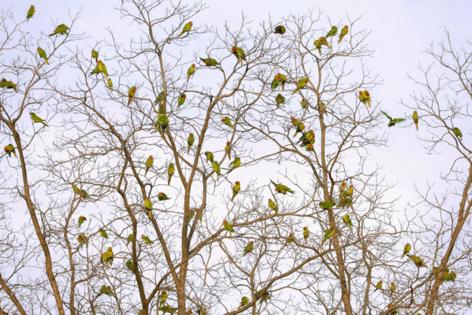
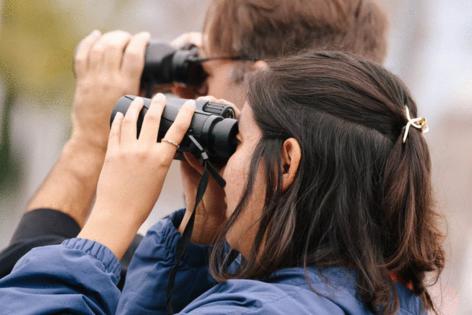
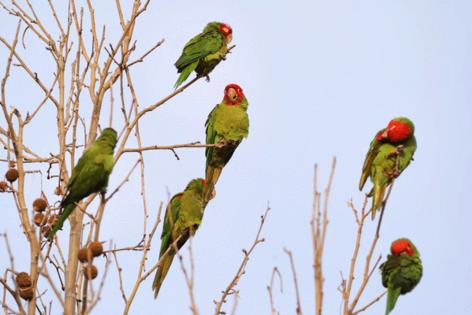











Comments